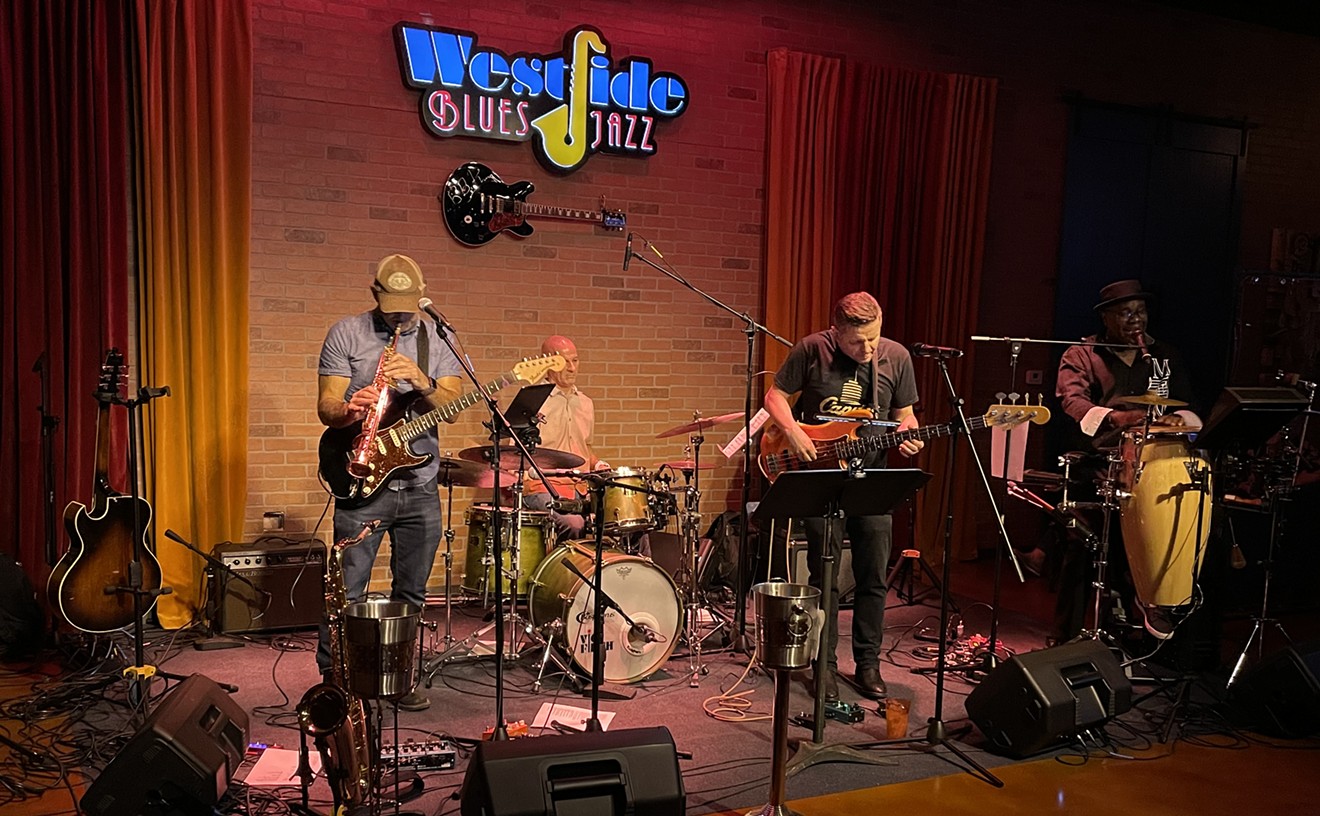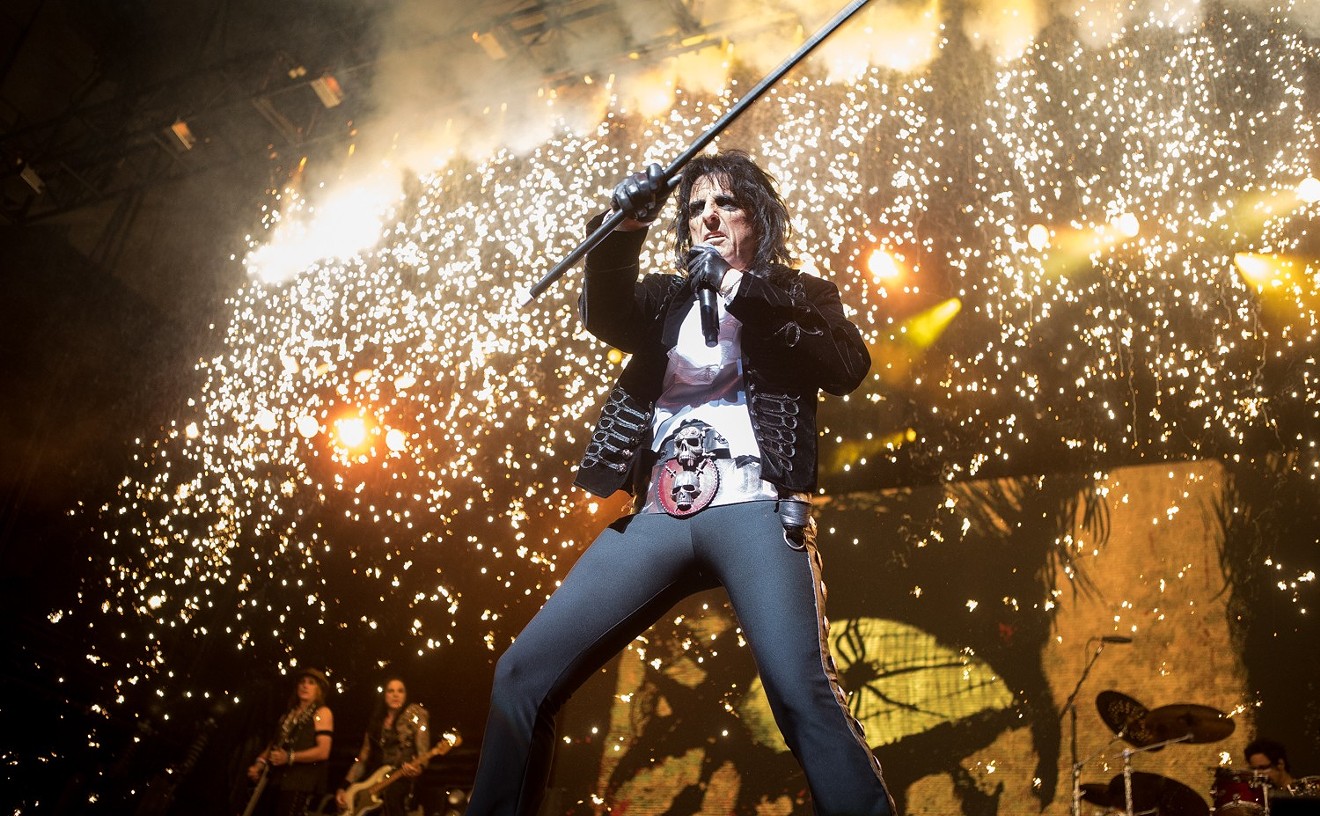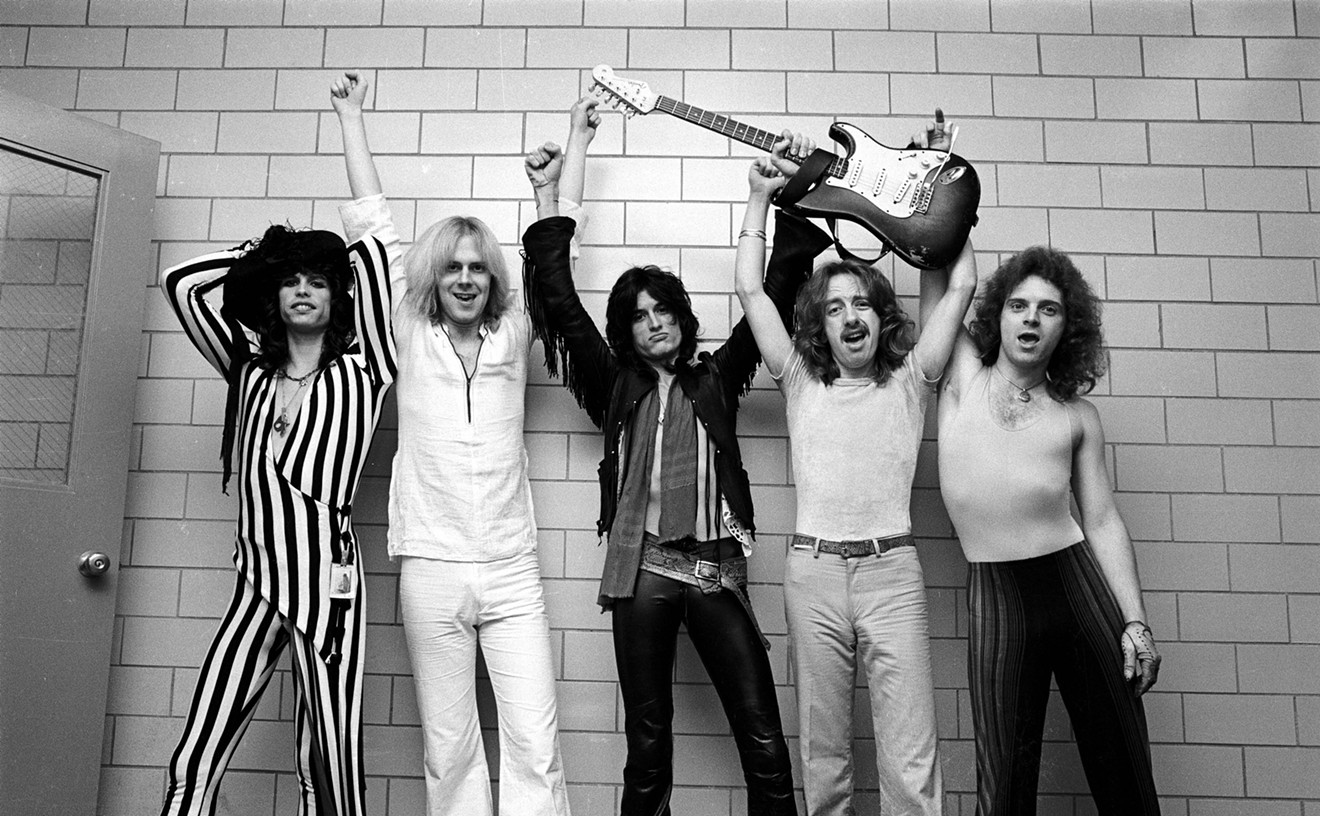Bob Weir is a restless soul.
Already fully engaged with Furthur — his latest and perhaps most true-to-form post-Grateful Dead venture — his solo band Ratdog, assorted musical projects at his TRI Studios, activity in various political and environmental organizations, plus the occasional mountain bike foray, Weir now prepares to head out on a short solo tour.
If there were ever a musician who deserved a little rest and relaxation, it might be the tireless Weir. Instead, the songwriter is really only at rest when he's busy playing his guitar, which, in the solo acoustic context, offers yet another level of musical fulfillment.
"I get to hear the song all by itself, just me and the guitar," he explains by phone from his Marin County, California, home. "Basically, in most cases, it's the way I wrote it. Oftentimes that gives me insight to the song, places to take it — that kind of thing."
Playing songs stripped down and naked also offers Weir a chance to really hear his own voice.
"Singing is a big thing. In the bands I play with, particularly Furthur, my dynamic range is kind of limited because that band is real loud. So there are a lot of things you can't do with your voice and a microphone in that situation," he says. "This gives me a lot more room to try things when I'm playing solo. I have little discoveries and whatnot that I can bring back to my other endeavors."
Weir knows a thing about "little discoveries." He was a founding member of the Grateful Dead, and such exploration and willingness to push musical boundaries through improvisation set the band apart. Weir took some of his musical cues from such cutting-edge jazz artists of the time as saxophonist John Coltrane and pianists McCoy Tyner and Bill Evans.
Tyner in particular captured Weir's attention for the way he stayed "real busy" working under Coltrane's solos while "setting up" the saxophonist — that is, giving him directional leads to push him into unknown territory. Weir's adaptation of these modal techniques gave Dead guitarist Jerry Garcia plenty of room to get loose.
"I tried to glean what I could from what [Tyner] was doing, and I've pretty much been doing that all along," Weir says. "A lot of it has to do with intuition, just trying a note here or there that adds to the tonality or slants the tonality another way, and it suggests new ways for a solo to go . . . We had a similar situation in the Grateful Dead if I could rise to the occasion and be that kind of force of harmonic perversion.
"The whole thing was really just interplay. Trying to keep each other amused really. It's just a different kind of view of how to approach music. Some people want to know what they're playing before they go up on stage," he says, laughing, "and try to deliver a real nice tight rendition of that [song]. For us and our background, we were never into that. We were always into exploration and improvisation [laughs]. We just kept doing it. Practice makes perfect."
Weir has always been willing to chase fragments of an idea into the ether. When those runs pan out, it's a bonus; when they peter out, Weir understands other opportunities will present themselves if he looks hard enough.
"If I hear some new direction to take [a song] I'm going there," he states emphatically. "I'm going to work it a bit right then and there, that's the fun of it."
Anyone who has spent much time listening to the Grateful Dead, or is only minimally familiar with the band via classic rock radio staples "Truckin'" and "Casey Jones," can attest to the visual nature of the songs. For Weir, that visualization is as much about the musical form as the lyrics, and both should tell a story or convey an idea in the same way an artist's work goes much deeper than just an image on a canvas.
"Music for me is a totally hallucinogenic realm. And that's before you even add the characters and the story," Weir says. "So when I'm on stage, I'm watching a movie and I'm sharing that with the audience . . . [I'm] basically showing them a movie."
Okay, the drug culture surrounding the Grateful Dead certainly makes some of those "movies" a bit more hallucinogenic, but it's hard to argue with Weir's character and scene development in songs like "The Music Never Stopped," "Black Throated Wind," "Cassidy," "Jack Straw," and "Looks Like Rain." The lyrics in each read like a fully fleshed-out short story.
The "movies" are, indeed, cathartic for Weir as well, helping him get past the stage fright which, despite nearly 50 years of performing, persists to this day.
"I get nervous every time I walk on stage, no matter who I'm playing with or if I'm playing with anyone. I was born with stage fright. If you have it, you have it. It doesn't go away," he says. "Pretty much what you have to do is swallow hard and just get started. Then other stuff starts grabbing your attention like, for instance, the story that I'm weaving into the song. I start forgetting myself and singing the song through the eyes of the character that's delivering it."
Weir says that this tour will offer a plethora of songs composed for the Grateful Dead as well as lesser-played solo album tracks that don't fit into his Ratdog and Furthur performances. Weir says he has almost enough new songs for an album, so some newer songs may creep into the set.
"Well . . . we're just going to see about that," he says with a light laugh. "If I'm working on something new and it's not finished, I might pull what I have out of another tune and then go back and finish up the other tune."
Along for the ride is guitarist Jackie Greene, who's joined Weir for other musical ventures. Greene will open the show, then join Weir for a third set of songs still being worked out.
"We'll probably do some chestnuts of one sort or another," Weir says. "Some Dead stuff, maybe some old country tunes, old blues tunes, whatever. We have a lot of fun playing together."
Will any of those Dead songs be ones Garcia sang during the Dead's seminal 1980 acoustic shows in New York and San Francisco? The setting is right, and with Weir, well, you just never know. Garcia's songs are showing up more frequently on his band's set lists, though Weir admits it took some time before he was able ready to tackle "Jerry songs" following Garcia's 1995 death.
"It's hard to say exactly what was going on there inside me. For a while I wasn't ready to approach those songs, and then I started to miss them, so I started to bring them back," he says reservedly. "If I wasn't going to do it it wasn't going to get done, at least on my stage."
As for what happens on Weir's stage, the 65-year-old guitarist expects there will be plenty more music going down the road.
"Ahhh . . . you know, at some point I may have to [slow down]," he says with a chuckle, "but at this point I don't have to, so I won't."










